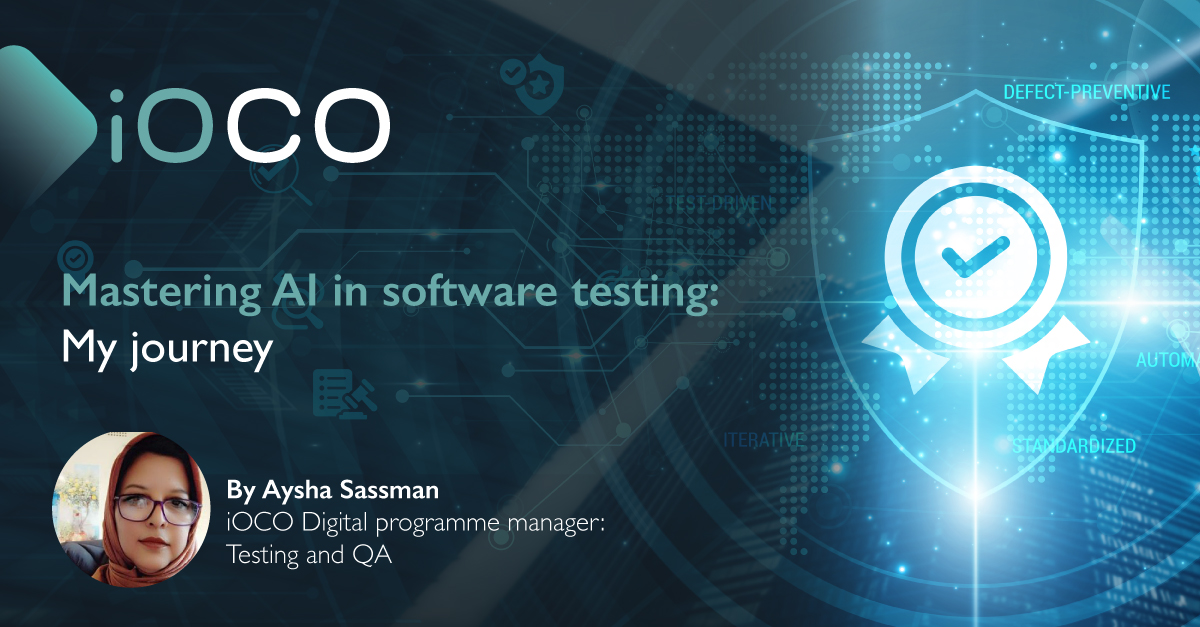As discussed, data literacy is a key ingredient to success in the age of data and analytics. That statement is endorsed by a recent study by Deloitte that records only 32% of business leaders being capable of deriving measurable value from data, and just 27% believing their data and analytics projects generate actionable insights.
So, what are the barriers; why are we still just scratching the surface of the full potential of data?
It is now commonly acknowledged that the main barriers to unlocking the data value proposition for businesses are not tools or technology issues, but rather culture and people. This is where the stumbling block remains.
The Deloitte study reflects a general lack of capability in making sense of data, with a mere 21% of the global workforce reporting to be fully confident in their data literacy skills, and only 25% of employees felt fully prepared to use data effectively when entering their current role.
Furthermore, 24% of senior decision-makers pass standard data literacy tests. Even for the millennials – allegedly digital natives − Forbes indicates that data literacy sits at only 22% and goes on to note it should be taught in schools.
How do you get started on a data literacy journey?
Let’s kick off with one of the primary reasons why you should be feeling the urgency of getting a data literacy programme under way. Gartner research notes that poor data literacy is one of the key barriers to increasing the value of data and analytics.
Awareness of the need for data literacy as an organisational competency and core element of digital dexterity is on the rise, with pioneers of data literacy emerging from a myriad of industry sectors around the world.
Data literacy training cannot be approached as a ‘box-ticking’ exercise but should be incorporated into the company’s onboarding process and overall training programmes.
Many business leaders overestimate the capabilities of their workforce and their readiness to work with data.
Begin by developing an understanding of the state of data literacy within the business so you can identify the investments needed for empowering employees to deliver against the business goals. Many business leaders overestimate the capabilities of their workforce and their readiness to work with data.
My advice is to begin by focusing on key areas as follows:
- Assess individual levels of data literacy.
- Include key performance indicators in the assessment as it is the key intersect point of data and business.
- Understand current availability and required adoption of technology and tools to support each type of user.
- Define the data that users need to access to be productive and manage governance.
- Evaluate readiness to work with data.
Employees need to be provided with knowledge, tools, processes and methodologies that will enable them to use data as required and in doing so, fulfil the strategic goals of the business.
Data for the masses
For the general business user − typically most of your employees − the focus should be on providing them with solutions that deliver the right insights. This will empower them to take actions that will improve productivity and deliver real business value.
This is a key shift in that we are taking the insight to the point of decision. You need to deliver easily consumable data and insights as part of users’ existing working practices and workflow. For example, you could embed dashboards into communications tools such as Slack or in CRM and operational systems.
Consider equipping staff with frameworks and methodologies that will enable them to own the data process, from data gathering and analysis, through to generating insights and value.
Enabling teams to work with the right data will not only improve their ability to realise its value, but also help boost their confidence to take actions from insights − ensuring data is seen as a benefit, not a burden.
Research shows staff are eager to learn, with 78% of the global workforce being willing to invest more time and energy into improving their data skill set.
Where there are more expert users in the organisation, investment needs to be made in solutions that reduce time spent on data cleansing and that speedily deliver analytics-ready data to be utilised for critical business decision-making.
Once in place, this training should be kept up to date to reflect the evolving use of data in the business. Data literacy should be a compulsory part of all employees’ learning and development programmes, and be measured in their reviews to ensure they continue to create the greatest value from the company’s data.
Why should you care?
Well, if the evidence presented thus far is not enough to drive home the urgency of implementing a data literacy programme in your company, then consider the fact that the biggest research houses in the world agree that data literacy will be the key to future-proofing business.
This is endorsed by the Gartner Annual Chief Data Officer Survey, where resistance to change is cited as the number one roadblock to achievement, followed closely by poor data literacy – which is reputed to be the second biggest internal barrier to commercial success.
If the foregoing is not enough to convince you why you should care, consider these hard facts: more data literate organisations outperform their peers in several KPIs, including gross margin, return-on-assets, return-on-equity and return-on-sales. Data literacy is a bottom-line game-changer.



